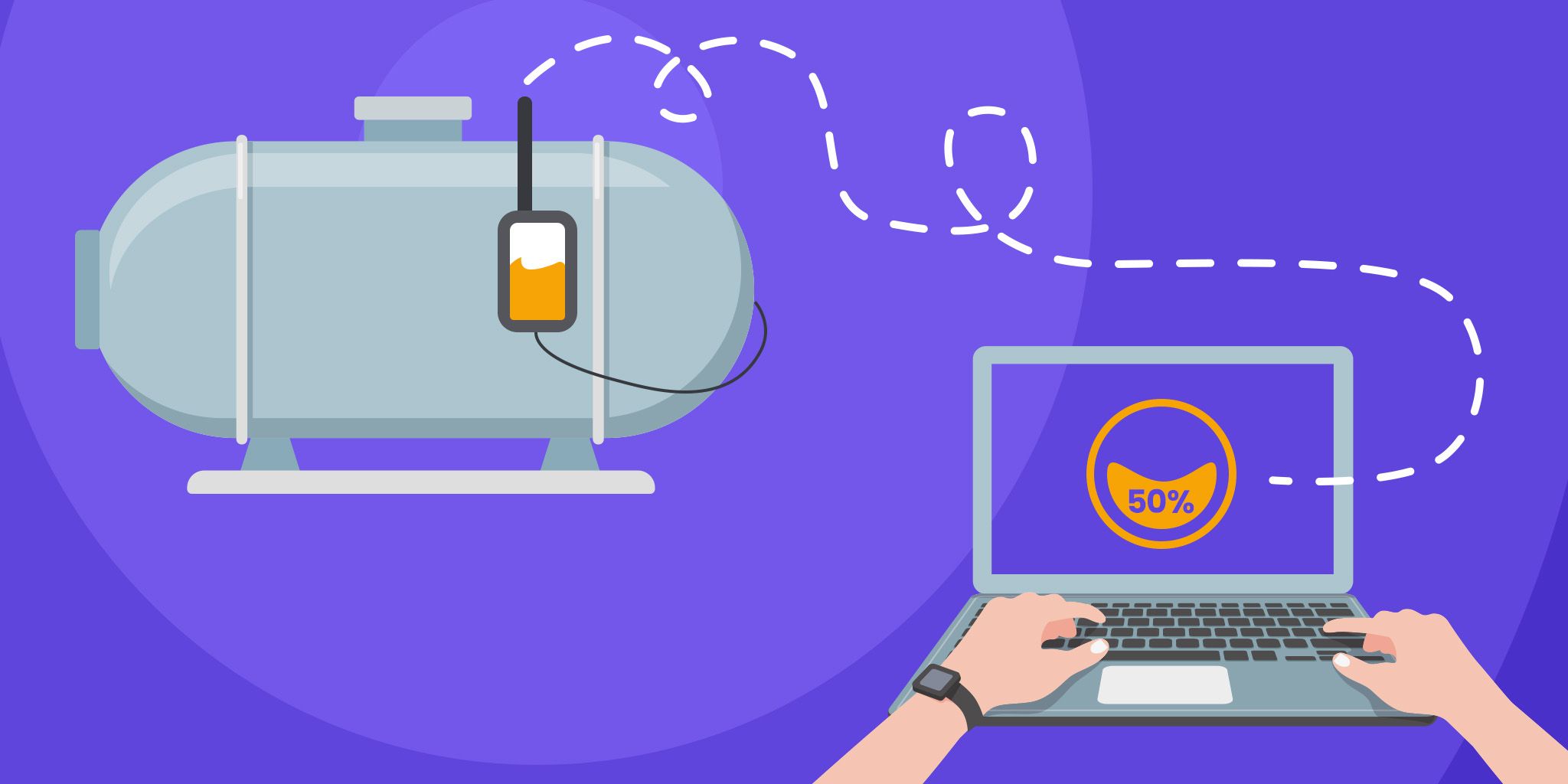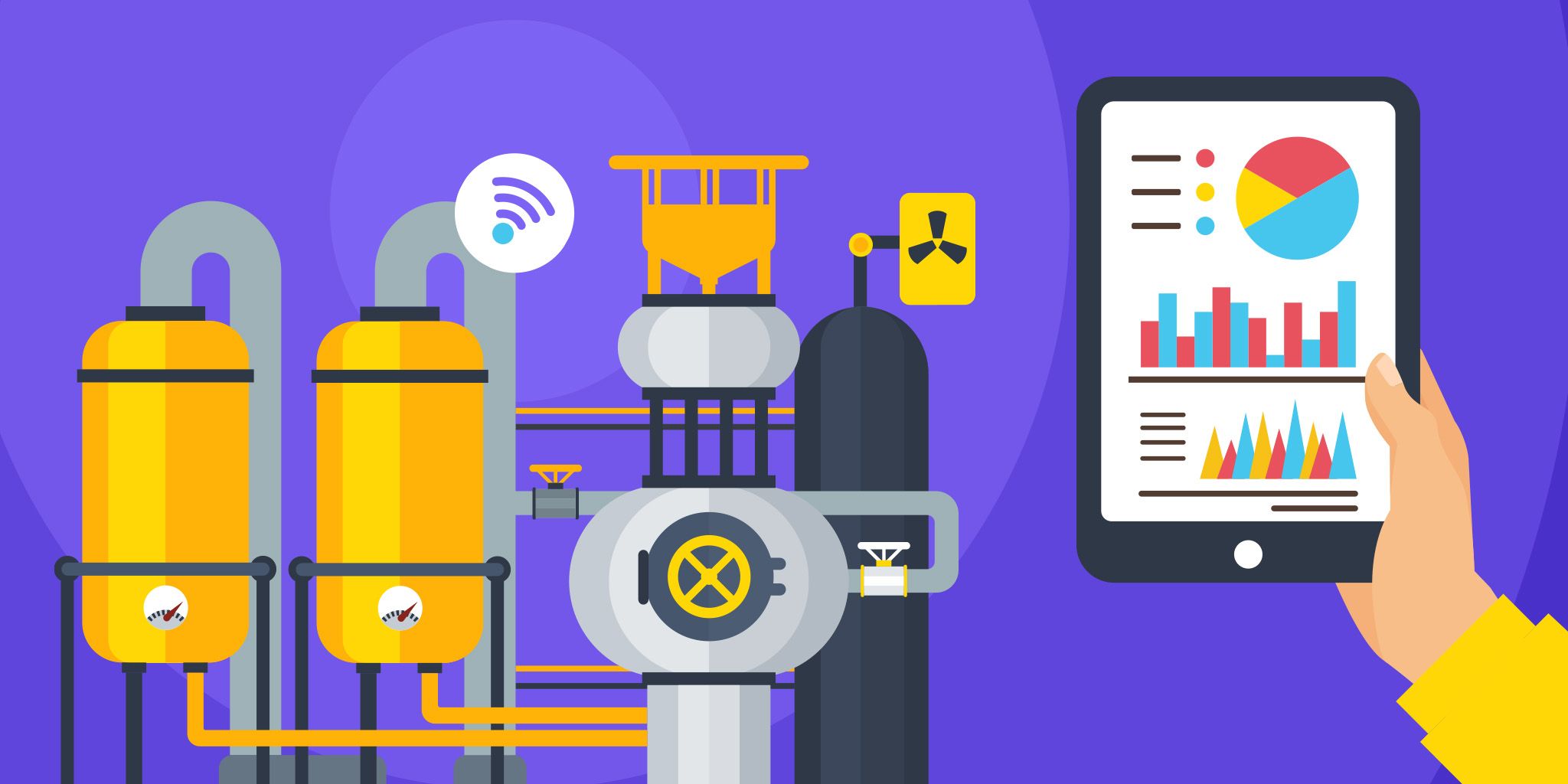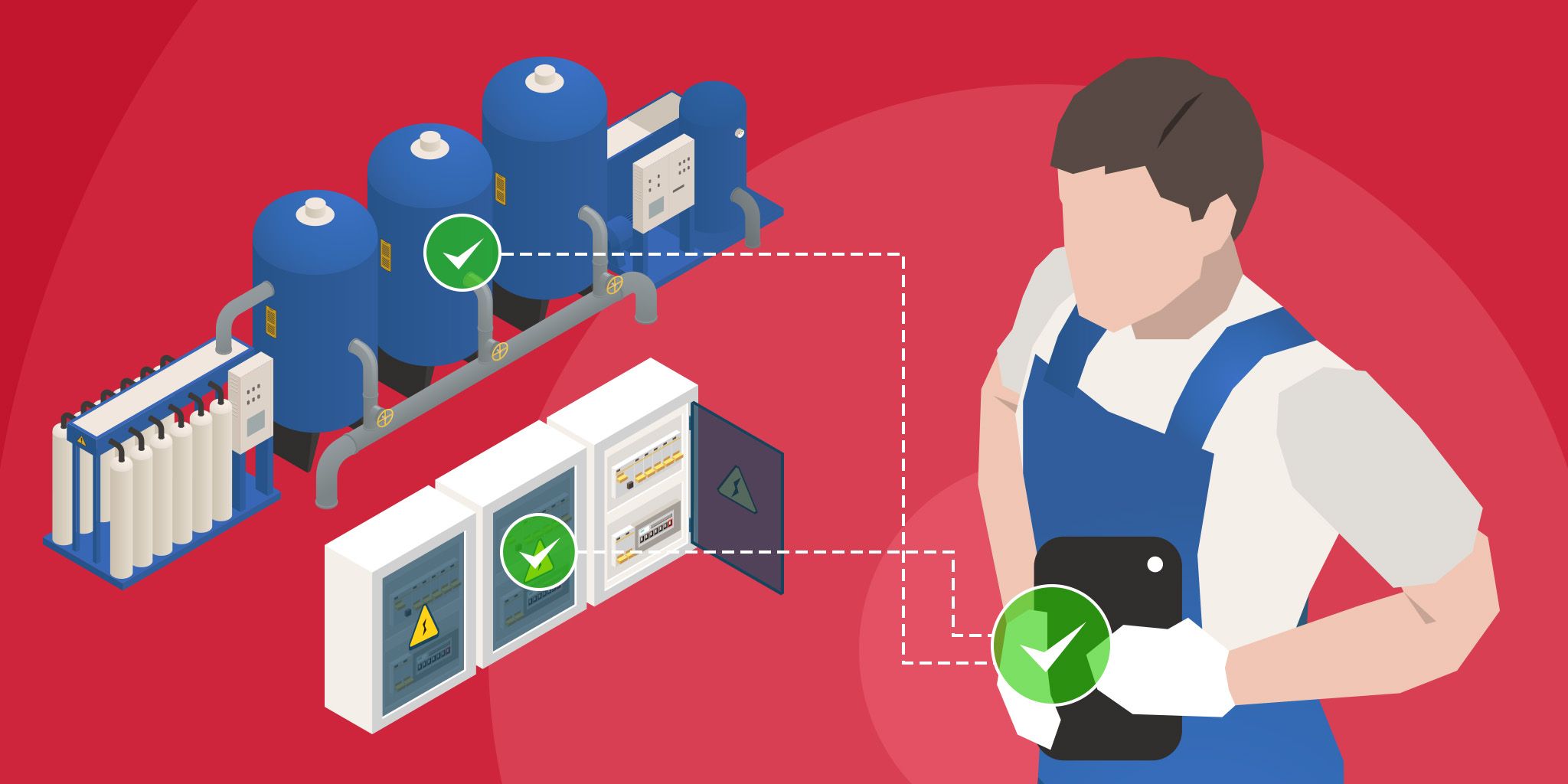5 IoT Trends Shaping Industries in 2021
5 IoT Trends Shaping Industries in 2021
- Last Updated: December 2, 2024
Atmosic Technologies
- Last Updated: December 2, 2024



With the onset of the pandemic in 2020, many companies increasingly turned to the IoT to provide solutions to new and existing challenges. As we close out 2021 and move to the new year, we’ll continue to see the implementation of new IoT solutions to meet the needs of companies in every industry as they look for ways to become more efficient in this challenging economic climate. Here are five IoT trends that will shape the coming year.
Photovoltaic Energy
We’ll increasingly see photovoltaic energy used to power IoT applications such as remotes, beacons, keyboards and mice. Photovoltaic energy – including both solar and indoor/outdoor lighting – offers a greener and more sustainable alternative to traditional power sources, such as batteries. Photovoltaic power, sourced from either the Sun or light, can be captured by a photovoltaic cell. By increasing the use of power alternatives such as photovoltaic energy, we can reduce the need for batteries and the environmental waste that comes with them.
Wearables and Connected Devices in Medical Applications
With the onset of the Coronavirus, many companies increasingly turned to IoT to provide solutions to new and existing challenges. Here are 5 trends shaping industries in 2021.
Wearable medical devices have given patients and medical staff an easy way to monitor their vitals and detect issues before they become serious problems. One emerging Applications for wearable medical devices is continuous glucose monitoring (CGM), a relatively pain-free way to track the real-time effects of food and exercise on one’s blood glucose levels. When paired with an energy harvesting solution, CGMs and other vital monitors can have extended battery life and also unlock the possibility of remote monitoring, which can be especially helpful for doctors to monitor their patients, or parents to monitor their children, anytime, anywhere via a browser or smartphone application.
Contact Tracing Wearables
Contact tracing wearables can help businesses navigate the transition back to normal operations. Since the rollout of vaccines will take some time, exposure notification wearables will be an important solution in the meantime for workplaces like warehouses, factories and healthcare facilities. Although smartphone manufacturers have started to integrate contact tracing software and applications into their devices, the ongoing challenge of smartphone access, cost, and connectivity remain an issue for some. Wearables provide a solution for users to stay informed about potential exposure to the virus while addressing the cost and access challenges. Companies might also want to use wearables to track other types of valuable information, such as temperature. If an employee’s temperature exceeds a certain threshold, companies could alert that they go to an onsite health clinic for further evaluation. Wearables might also be designed to withstand certain conditions, like high temperatures, and be tamper and tear-resistant for continuous wear.
Contactless Applications in Hospitality
To help keep travelers safe during the pandemic, the hospitality industry started reducing the number of touchpoints for guests, which will continue in the new year. For example, hotels will increasingly use wireless doors and card readers, so visitors don’t have to touch anything. Hotels will turn to energy harvesting technologies to extend the battery life of these devices; that way, maintenance staff can focus on important tasks rather than running around the hotel, changing batteries, and risking potential exposure.
Electronic Shelf Labels
The main benefit of digital signage and electronic shelf labels (ESLs) is that updates to products can be made automatically in real-time, meaning that employees don’t need to update in-store banners and price tags constantly. As applications and technology advance, special pricing can be provided to select customers in real-time as another way to drive sales. Additionally, retailers can save on the cost of materials for physical signage displayed in-store in the longer run.
The COVID-19 pandemic has accelerated the adoption of these technologies out of necessity. As they continue to gain momentum this year, they will play a critical role in helping companies across different industries to streamline operations and become more efficient.
The Most Comprehensive IoT Newsletter for Enterprises
Showcasing the highest-quality content, resources, news, and insights from the world of the Internet of Things. Subscribe to remain informed and up-to-date.
New Podcast Episode

IoT and AI in 2026
Related Articles





